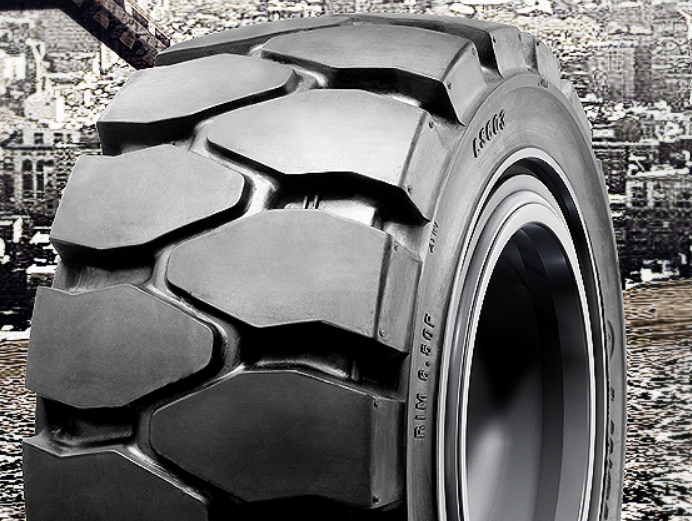http://<script type="text/javascript" src="https://www.oil-price.net/TABLE3/gen.php?lang=en"> </script> <noscript> To get the <a href="http://www.oil-price.net/dashboard.php?lang=en#TABLE3">oil price</a>, please enable Javascript.</noscript>
How To Keep Your Vehicle’s Tires Safe

All new cars and light trucks weighing 10,000 pounds or less are required by law to have a tire pressure monitoring system. The TPM can detect when one or more of the vehicle’s tires are 25 percent or more below the recommended inflation pressure.
According to NHTSA, underinflated tires can adversely affect fuel economy, cause skidding and loss of control, and hydroplaning on wet surfaces. It can also increase stopping distance and the likelihood of tire failure.
Tire pressure monitoring systems are not intended to replace routine maintenance, such as regularly checking tire pressure. Even the most effective tire pressure monitoring systems can’t completely compensate for poor tire maintenance.
Here’s how you can help keep your tires as safe as possible:
Do your own tire pressure checks. Overinflated tires ride rough and wear unevenly. Underinflated tires also wear unevenly, handle poorly, and can flex excessively, causing overheating and possible failure. Tires lose about 1 pound per square inch of pressure for every 10°F drop in outside temperature. They also lose air over time; in our tests of passenger car all-season tires, pressure loss was as much as 13 pounds per square inch per year. Check pressures at least once a month when a vehicle has been sitting for at least an hour and the tires are cool; pressures should match those on the vehicle placard.
Inspect the sidewalls and tread. Cuts or bulges are signs of impending failure; replace such tires. Check the tread regularly with a tread depth gauge; uneven wear may indicate improper wheel alignment or worn suspension parts. Rotate tires every 6,000 to 8,000 miles or as recommended in your owner’s manual to equalize wear between the front and rear tires.
Replace all four tires at once. Many drivers replace only two tires at a time if the other two seem fine. We don’t think the risks are worth the savings. Replacing only the front tires increases the chance of fishtailing in the rear. Replacing only the rear tires deprives you of the extra hydroplaning resistance you’re likely to get with new front tires. However, if you only buy two tires, be sure to put the new tires in the rear for safe handling.
Tire Age. Tires age and become unusable over time, whether they have been in use or not. Some car manufacturers, such as Audi, BMW, Ford, and Volkswagen, recommend replacing tires after six years, and some tire manufacturers agree that any tire ten years or older should be replaced regardless of tread wear.

Really helped me a lot for understanding such things. Thanks,